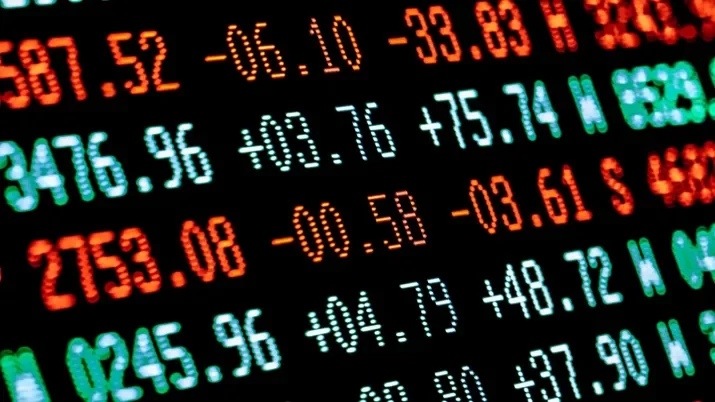A (Measured) Buying Opportunity in Credit
There were sharp declines across global risk assets on Tuesday, led by tech stocks but with barely an asset class left unscathed.
The tech rally has given investors a lot confidence in 2018, so the sell-off in this sector has been something of a market indicator for stocks generally infecting sentiment in other markets.
Given the severity of recent moves, it is easy to forget that the trigger for the current malaise actually came on October 3 when the Federal Reserve president, Jerome Powell, said interest rates were a long way from neutral and the Fed may need to hike even further than that given the strength of the US economy.
Interest rate risk became the dominant source of risk, which is always a bit uncomfortable for markets as correlations can break down as a consequence – although despite the heavy equity sell-off in recent sessions, a bond rally has been conspicuously absent.
Credit spreads have widened aggressively since Powell’s October 3 musings, the worst move since early 2016, and year-to-date performance in 2018 is now the worst since 2011. Longer dated US Treasuries would have helped fixed income portfolios in the latest part of the sell-off, but yields are only back to where they were on October 3.
Further fuelling the negative sentiment are a string of other sources of investor discomfort, in no particular order: WTI crude down nearly 30% since October 3, Italy’s budget battle, Brexit, US-China trade talks, negative German GDP growth, the stepping up of US quantitative tightening in October and the coming end of Eurozone quantitative easing in December.
Essentially, investors are wondering where the next wave of growth is coming from, and given the relative proximity to the end of the cycle, the reaction has been a big one. Volatility is back.
So what, in our view, is happening here?
We cannot argue with concern about the late stage of the cycle, nor about rate hikes tempering future growth, nor any of the other drags on sentiment listed above.
However, we do see a disconnect from the fundamentals from a fixed income perspective given we started with Powell talking about robust and sustainable growth and now the markets are apparently worried about growth. As fixed income investors we don’t like fast growth – we prefer the slow and steady variety – but we also don’t like the end of credit cycles, so nervousness at this stage is understandable.
At TwentyFour we don’t believe the end of the cycle is upon us just yet (we see 2020 as a possibility). Growth will certainly slow in 2019, taking us nearer to the end of the cycle, but we could also see the resolution of some of the geopolitical risks weighing on markets by then too.
Credit spreads have moved too far generally. We still think the most expensive part of the world is the US, despite spreads here having backed up the most. We see Europe, the UK and Asia as more attractive.
That said, this is not a time to reach out for longer bonds in the hope of larger capital gains, as volatility will most likely remain a theme. The selling of assets has been quite indiscriminate, and sometimes the easiest bonds for investors to sell are the shorter dated ones – it is here where we now see some buying opportunities.
Some of the shorter dated bonds that have been sold are now carrying very attractive yields, such as Coventry Building Society’s £ perpetual 6.375% bonds (November 2019 call and 7.4% yield) and Banco Sabadell’s € perpetual 6.5% bonds (May 2022 call and 8.73% yield). While shorter dated bonds carry reinvestment risks, we don’t see that risk as excessive given the age of the cycle and our view that volatility may spike from time to time.
In short, we see this as a buying opportunity, and we are seeking ways to modestly add short-dated risk in order to boost our yield and benefit from credit spreads widening too aggressively.



